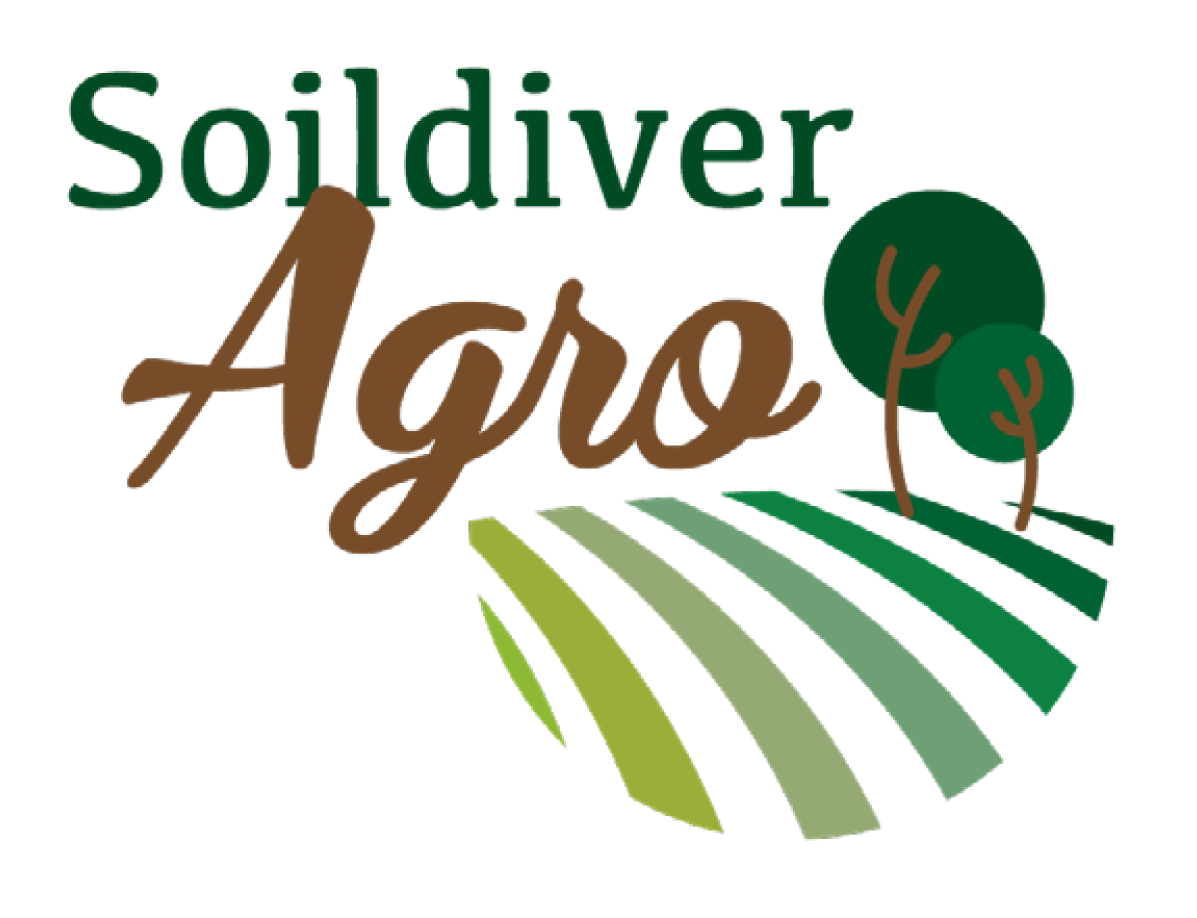
Biocontrol of soil-borne phytopathogenic fungi by fungivorous soil fauna communities in potato cropping systems.
Continental (Germany)
In moist soil, risks for incidence with e.g. Fusarium spec. and Rhizoctonia spec. increase which threaten quality and quantity of e.g. root crops (here: potato). This situation leads to higher input intensities by farmers which make the agroecosystem less resilient including loss of soil biodiversity.
State of the art
The external input by farmers to combat the problem of fungal pest incidence are high pesticide applications (conventional farming) and high tillage intensity (conventional and organic farming), which reduce functional soil biodiversity. E.g. during months May and June, fungicides are sprayed in potatos on average once a week and make up to 90% of the whole amount of pesticides applied in this crop. Farmers are advised to consider cultivation breaks of 5 and 6 years for potatoes in their crop rotation. For economic reasons, the rotation sequence can be tighter down to 3 years. In the short-term, farmers financially benefit more from comparatively high prizes for potatoes. In the long-term, soil conditions are threatened.
Objective
The objective of this case study is (i) to assess the biocontrol potential of fungivorous soil fauna communities and (ii) to promote fungivorous soil fauna communities in potato cropping systems.
Proposed management practices
It is aimed to identify management practices which protect and promote fungivorous soil fauna communities in conventional and organic farming. The management practices to be tested are determined together with the farmers. They include different undersowing techniques.
Progress with the case study in relation with the state of the art
Reduced external input and modified management will strengthen soil intrinsic self-regulating processes. A synergistic interaction between farmers’ management (top-down control) and soil fauna services (bottom-up control) for fungal plant pest control (i) protects the soil; (ii) increases system resilience in arable land; (iii) reduces management costs and (iv) makes root crop products economically more competitive by improving product quality and avoiding yield depression.

